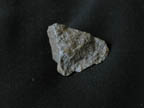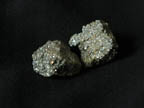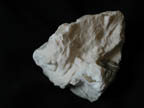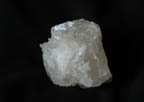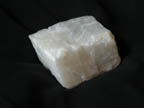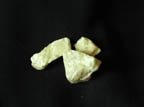You might also be interested in:
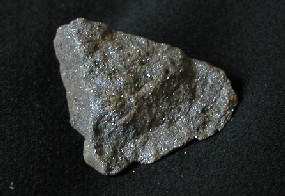
A sample of hematite may look like little more than a dark gray blob. That might seem impossible to identify but with a streak test, you can easily identify it! To tell if it is hematite, just rub the
...more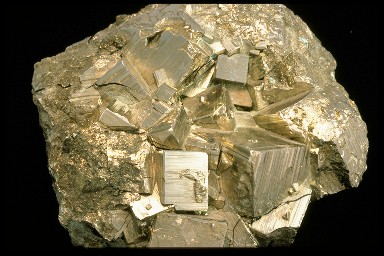
Like real gold, pyrite is a brassy yellow color. But unlike gold, pyrite is not worth large amounts of money. That's because it is a very common mineral. It is found in all three rocks types: sedimentary,
...more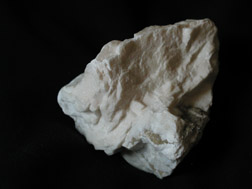
You can find gypsum in sedimentary rocks, deserts, and caves. Large amounts can form in layers on a salty sea or lake bottom when water evaporates leaving the mineral behind. Gypsum sometimes forms when
...more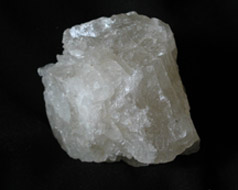
What’s that on your chips? It’s a mineral called halite! If you look closely at ordinary table salt, you will see that, just like other minerals, it looks like crystals. Halite is salt. In its natural
...more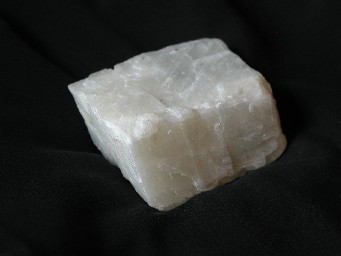
Calcite is typically found in the sedimentary rock called limestone. It can also be the cement that holds other sedimentary rocks, such as sandstone, together. Outside the sedimentary rock spectrum, calcite
...more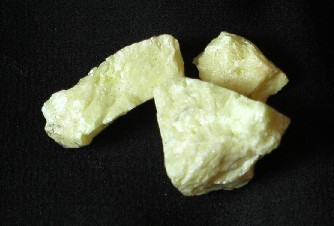
Yuck! What's that smell? When water mixes with the mineral sulfur, a chemical reaction causes a small amount of hydrogen sulfide (H2S) gas is produced. Hydrogen sulfide is the same gas that makes rotten
...more
You can use perfect calcite crystals to make an optical illusion called double refraction. Calcite has unique optical properties that split a ray of light into two beams that are bent at different angles
...more
